Transcreating Tokyo
Cultural anthropologist Takeo Funabiki puts the city's layered eras into perspective

Posted: Wed Jan 01 2014
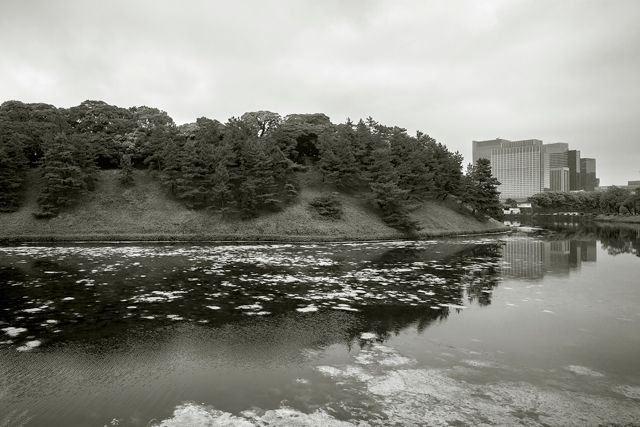
©Satoshi Asakawa
To know the history of Tokyo, you only need to remember two particular years: 1600 and 1868. 1600 was the year in which Tokugawa Ieyasu defeated his rival warlords at the Battle of Sekigahara, which led to the establishment of the Tokugawa shogunate three years later. This marked the beginning of a new Japanese socio-political system, centred around Edo, which later became known as Tokyo. 1868 was the year in which Ieyasu's Edo-based political system was replaced by a new, modern regime that restored imperial rule. The time before 1600 was the pre-Edo era. The Edo era lasted from 1600 to 1868, and modern Japan dates from 1868 to the present.
The overlapping eras
There is a reason why this Tokyo tourist guide begin with this history segment. Any landscape in Tokyo consists of modern Japan superimposed on the Edo period, or contemporary Japan on the natural world of pre-Edo. For example, Asakusa, with its famous Sensoji Temple, is a district where 'nori' seaweed was produced, thanks to the area's abundant natural resources that date from before the Edo period (this Asakusa nori is widely used for sushi). Asakusa prospered greatly during the Edo era, which saw the founding of the temple, adorned with a Buddha statue that is said to have been discovered by chance in a fisherman's nets. As Edo culture developed, the temple environs became a place of entertainment for the common people. Asakusa continued to develop as a thriving neighbourhood during the modern era as well, as people were attracted by its cinemas. However, after the war, Tokyo entertainment moved westward to areas like Shinjuku and Shibuya. Asakusa gradually became obsolete, but precisely because it was left behind as times changed, it exudes a nostalgic 'retro' atmosphere. This has made it a popular destination for foreign tourists, to the extent that now, when you say Tokyo, they respond with 'Asakusa'. This example illustrates how the three different eras mentioned above can be seen to overlap in Tokyo.
The emptiness of the Imperial Palace
Next, turning to the Imperial Palace, we can again see the layers of Tokyo's three eras. French critic Roland Barthes called the Imperial Palace 'the empty centre'. True - there is an area in the middle of Tokyo, five kilometres in circumference, that is not used for anything and merely causes a hindrance to traffic. Sure, the Imperial family lives there, but its scale is dozens of times larger than London's Buckingham Palace, making it highly inefficient as a residence for just one family. However, I do not think most Japanese find this particularly odd. That is because, as Mr Barthes likes to say, the Japanese people do not think anything in particular about only one family living there because they regard the Imperial Palace itself as an emptiness, an absence.
As one approaches the Imperial Palace by car, the road curves, for some reason, like a wonder of the universe - a gravitational field. The inside of the curve is completely obscured by green trees and stone walls, as if it truly only contains 'nothingness'. As the Imperial Palace is barely used, there are hardly any intersections on the roads surrounding it, causing traffic to flow smoothly and obscuring the existence of the Palace. However, if you stare intently to the other side, across the still water of the moat, there is an almost black hole-like place, a place that you can see but cannot see. This place is composed of the three elements of Tokyo - the nature that existed before Edo, the castle structure from the Edo period, and the residence of the Emperor of modern Japan.
And its allure...
Tokyo lacks the long history of cities like Paris and Rome. Its population-based urban development was initiated suddenly by shogun Ieyasu, starting around the year 1600. It attained a population of 500,000 people only 50 years after its founding, and had a million residents after its first 100 years, eventually leading to its current status as the most populous city in the world. Around 1600, it became the object of massive public works after Ieyasu decided to build a political capital for the warrior class from which to rule the entire Japanese archipelago. This was why Chiyoda Castle (present-day Imperial Palace), the seat of the shogun, was built at its centre. Until 1600, the site that was to become the castle was a virgin wilderness of riparian land, unsuitable even for farming.
When the giant castle was erected there, vast gardens were built within, incorporating the original nature that existed before Edo came into being. This does not mean that nature has been left untouched inside the walls. However, wherever relatively unused land exists on a scale like this, plants grow and animals breed naturally in a protected ecosystem, producing amazing results. Goshawks now live on the premises, prospering at the top of the food chain in the centre of the modern city.

How to 'see' the palace
What should you do if you want to tour the Imperial Palace? Well, as the Imperial family does live there, no tours are available. Nevertheless, you can visit the park outside, which, thanks in part to the democracy of modern Japan, already takes up nearly half of the palace grounds. It's a great idea to see the whole area by circling the park – a five-kilometre running course, devoid of traffic lights, takes you all the way around. If you imagine the Imperial Palace periphery as a clock with hours positioned around it, you can look towards 10 o'clock to find a lush carpet of cherry blossom petals at Chidorigafuchi ('cliff of 1,000 birds') during the cherry blossom season. The Sakurada Gate, which sits at 6 o'clock, offers a show of magnificent golden leaves in autumn. One never gets tired of this course as the landscape is so varied. Amazingly, you can even catch a whiff of the horses stabled within the Palace.
I particularly enjoy the seasonally changing landscape, stretching between the 6 o'clock and 9 o'clock points, where one can view the vast moat's wide waters. The moat protected Chiyoda Castle as a fortress during the Edo period, but as the need for fortifications has long since dissipated, the stone walls and moats are now in effect huge ruins, too big to break down. One could say that in the same way as Rome has relics like the Colosseum, Tokyo, despite its short history, now too boasts a majestic relic. Ruins exist in any civilised city, increasing its historical depth. Although not reaching the heights of Kyoto just yet, Tokyo has started its journey as a city that mixes layers of old and new.
Takeo Funabiki
Cultural anthropologist
1948, born in Tokyo
1972, BA, University of Tokyo, Faculty of Liberal Arts
1982, PhD in anthropology, Cambridge University, Graduate School of Social Anthropology
1983, University of Tokyo, College of Arts and Sciences, lecturer
1994, Professor
1996, University of Tokyo, Graduate School of Arts and Sciences, professor
2012, retired from the Graduate School, Professor Emeritus
Field work conducted in Hawaii, Tahiti, Japan (Yamagata Shonaiheiya ), East Asia (China, Korea) and Melanesia/Polynesia (Vanuatu, Papua New Guinea). Professional interests include 1) mechanism of mutual interference of human culture and nature, 2) the representations of ritual and theatre, and 3) changes in culture and society that occur during the course of modernisation.
Tweets
- About Us |
- Work for Time Out |
- Send us info |
- Advertising |
- Mobile edition |
- Terms & Conditions |
- Privacy policy |
- Contact Us
Copyright © 2014 Time Out Tokyo










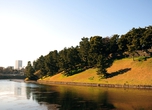
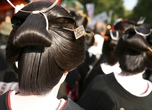
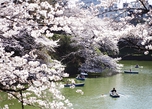
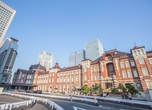
Add your comment